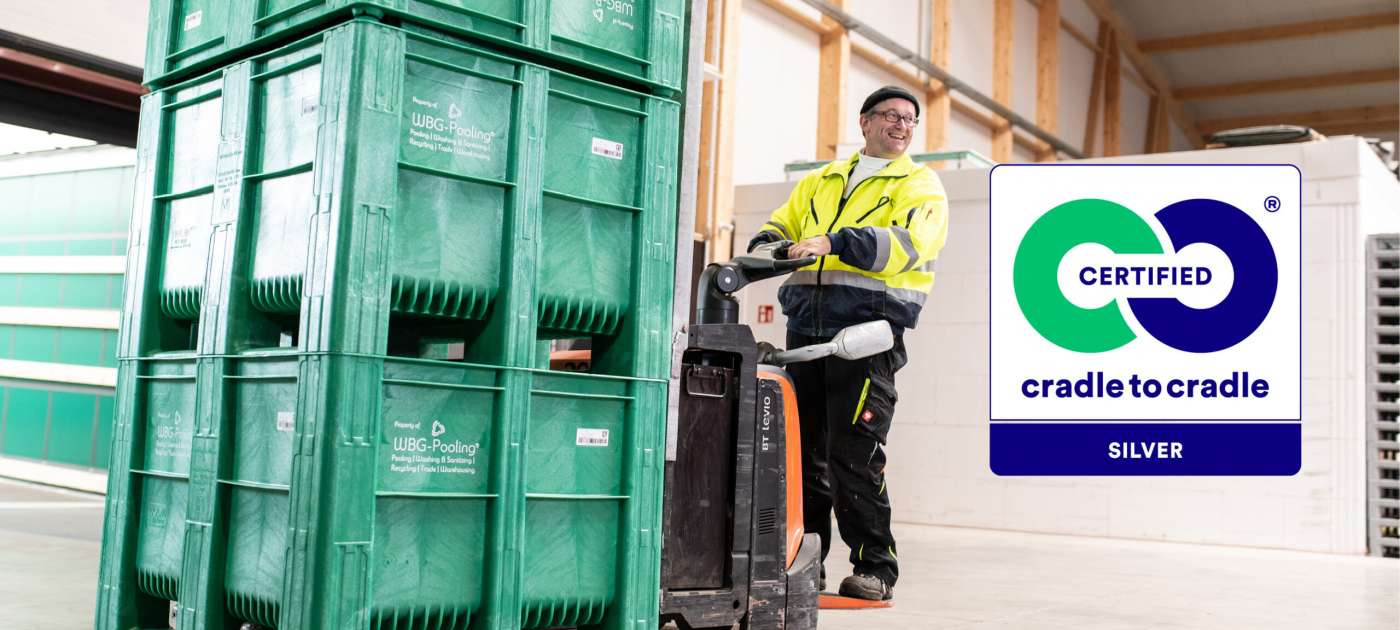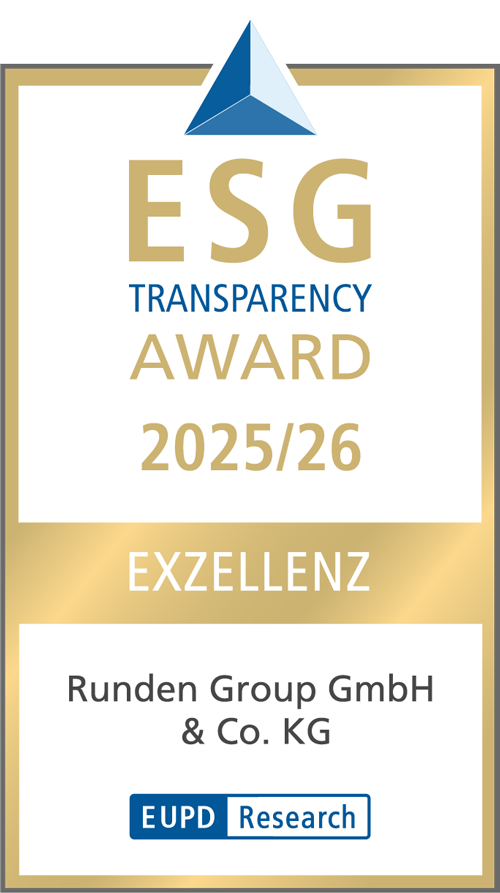
Cradle to Cradle as a Basis for a Sustainable Future
Cradle to Cradle, also known as C2C, is a concept that can be applied to a variety of products. At its core is always sustainable product design and the recycling of resources – this works, among other things, for shoes, buildings, or re-usable transport packaging. If applied consistently, C2C certification can play a significant role in protecting our environment.
The Principle behind C2C
C2C is a design approach that was developed by Michael Braungart and William McDonough as early as the 1990s.
Conventionally at this time, the cradle to grave principle was still being thought of, which is based on the fact that products are disposed of at the end of their lifecycle. This is comparable to linear models in the economy – here, packaging or products are sometimes disposed of after a single (!) use.
In contrast, C2C designs the materials of products in such a way that they can be reused and returned to a biological or technical cycle at the end of their life cycle.
This creates a circular process that conserves resources and avoids high energy expenditure for recycling.
Braungart and McDonough explained the operating principle in the book “Cradle to Cradle: Remaking the Way We Make Things” and coined the terms ecological efficiency and eco-effectiveness. In comparison to the pure life cycle assessment, this is about the materials cycle and its environmental effects from cradle to cradle, not to grave.
C2C for Returnable Packaging
Since 2020, we have continually certified our branded re-usable transport packaging to minimize environmental impacts within food supply chains across Europe. Key aspects of this include:
- Longevity: Returnable transport packaging is typically designed to be reused over many utilization cycles. The lifespan of a package organically reduces the need for constant replacement and recycling. Therefore, our products are ideally suited for the C2C approach and are in alignment with it.
- Material selection: This is crucial because our re-usable transport packaging needs to be food-safe and robust. To achieve C2C certification, some criteria must be met – one of which is that we always have an overview of the entire pooling cycle of each individual package to ensure that the packaging is used exclusively for food and is cleaned and disinfected after each use. This can be ensured by so-called Smart Labels equipped with RFID technology, a barcode, or DataMatrix code. The codes can be read by various devices and scanners.
- Repair and maintenance: Another crucial factor is the repairability of the returnable transport packaging. Anyone wanting to get their products C2C certified should design them so that they can be easily repaired. Our re-usable transport packaging can even be repaired multiple times over its lifecycle while still retaining its stability.
- Recycling: If the packaging is eventually beyond repair, it is ground down, and the recyclate flows completely back into an equivalent new product. This way, a new returnable transport package with a new GRAI is created, which significantly reduces the need for new raw materials.
- Environmentally friendly production: Another important factor is the focus on the production processes. C2C requires that environmental impacts from harmful chemicals are reduced and that producers pay attention to water usage and renewable energy. So, our manufacturer selection is accordingly based on the specified criteria.
The Added Value of C2C Certification
Packaging should not be seen as disposable products, but as valuable resources that can be circulated in a cycle.
The combination of reusable packaging and C2C certification has the potential to revolutionize the way we view packaging.
Shaping the world of tomorrow together – this vision is pursued by the C2C pioneer and our innovation partner EPEA from Hamburg.
With him, we carry out all certifications of our products.
This approach to a consistent circular economy has fascinated us from the beginning, and it was immediately clear that we aim for nothing less than to pursue this for our products, which we circulate throughout supply chains across Europe.
With the now even stricter 4.0 standard, we aim to set further milestones toward a complete circular economy of our products and are now in the process of additional certification processes to offer our customers the most environmentally friendly and robust load carriers their supply chain has ever seen.
The certificates of our previously certified packaging can be found here.



